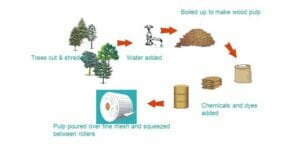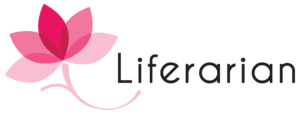The library is an interesting place to be in, especially in the PYP set-up, which allows learners to explore different arenas beyond the curriculum and allows teachers to play with so many different plans, materials, and resources. Being a teacher-librarian in the PYP space has allowed me to learn and become knowledgeable and better understand literature and the craft of writing. I owe a lot of this to the curriculum’s integrative and collaborative format that enables me to learn from faculty across the primary grades.
Transdisciplinary integration is peculiar and essential to the system, as it allows learners to get a gist of how a concept or skill can be applied in different contexts and domains. Even though it has been my first experience in the Learner Resource Center at JBCN International School, or even my first year teaching at all, I have strived to make this integration compelling for at least some sessions during each unit across each grade level. While thinking of ways to amalgamate concepts can be challenging for some central ideas, it is fun to develop inventive ways to give learners that integrative experience. There are some excellent units that allow integration to happen seamlessly. In contrast, others allow you some time and space to focus on standalone sessions to cover the information and media literacy courses with learners.
Collaboration Idea
One such unit allowed me to integrate exceptionally with the grade 2 Unit of Inquiry and English. The central idea was “The Life of a product: from farm to table”. While the UOI focused on processes involved in production/ manufacture and the supply chain of a product, English covered instructional writing processes. This gave me the opportunity to get learners to focus on their instructional writing pieces. I started the unit by covering the parts of a book – cover, title, spine, pages, index, blurb, back cover, etc.; and went on to question them about making a book.
Lesson Ideas
Initially, the responses involved the making of the physical book, like “books are made in the factory” and “We get pages from trees”,; which I followed up with higher-order thinking questions like “Who created the book?” This led to them thinking about the different people involved in the creation of a book:
1) The Author (who has the vision and puts his ideas down on paper)
2) The Illustrator (who works closely with the author to paint a picture of what the words are saying)
3) The Editor (who beautifies the book with words and removes the parts that are not required)
4) The Publisher/ Publishing House (who designs the layout of the book and makes many different copies of the books) Then, a basic overview of creators’ copyright laws was provided, following which I primed them for a writing project. When you tell learners, they will learn how to create their books.
They are excited and encouraged to bring out new ideas and creatives. As English was covering instructional writing, I gave them a choice to write recipes, how to create things (in crafts, like how to build a snowman, how to make a bracelet), how to play a game, or directions to a place. After dedicating sessions to three instructional writing pieces (the Homeroom teachers took up another three parts), one session is dedicated to book layout designing. We collaborated with the Art department, and they dedicated two art sessions for their illustrations and cover pages, respectively. By the end of the unit, learners had a whole book ready. They were the creators of a book they wrote and made themselves, and they were the authors, illustrators, editors and publishers of their creation.
Publishing Celebration
We had a publishing party to celebrate their creations, where they presented their books and had elaborate discussions that involved positive feedback comments from all the learners.
Their books were used for their end of unit culmination. Such an elaborate project allows learners to understand the life of a product hands-on, and they can apply the process to understand and make connections with real-life situations.
The Learner Resource Center occupies a very integral part of the philosophy and pedagogy of the school. It is a critical aspect in defining who we are as a school and driving engaging and integrative programs that foster learning in a manner that stays with learners beyond the classroom.
Therefore, integration is essential, not only for their learning experience but also for our teaching experience, as we learn and grow alongside the learners.
by Preeti Bhatiya



